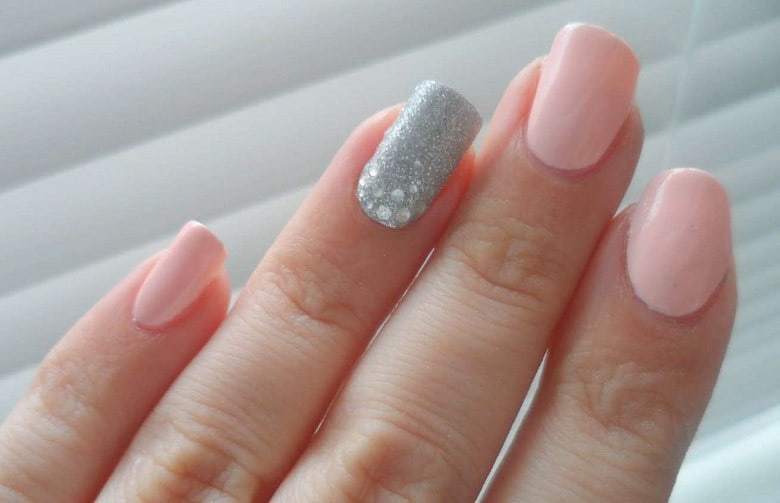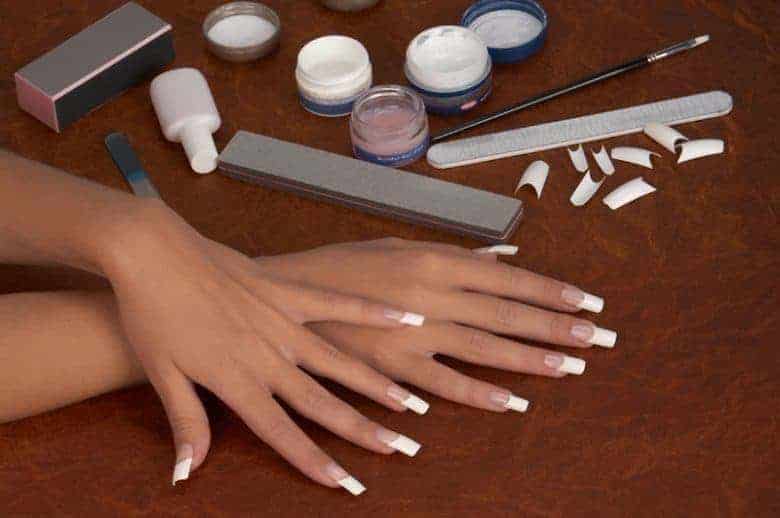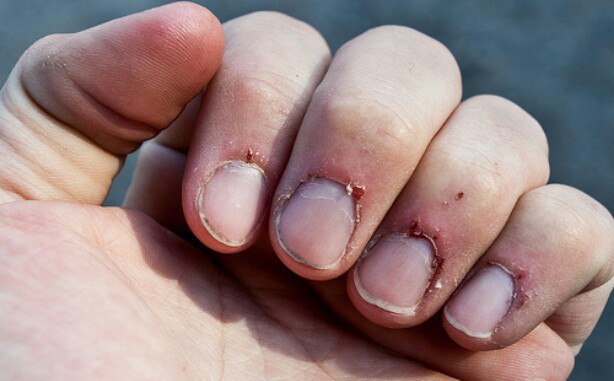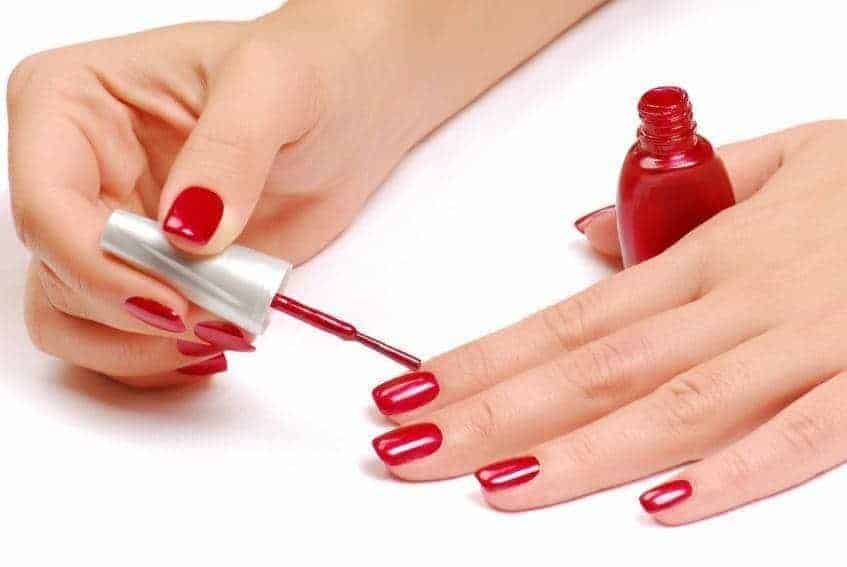How To Take Care Of Cuticles: 10 Steps to Healthy Nails
Whether you frequent salons or prefer to DIY, understanding your cuticles is critical to nail care. This often-misunderstood piece of skin plays a vital role in keeping the skin and nail bed safe from infection, so it’s worth establishing a regular cuticle care routine that gives them a bit of much-needed TLC.
Moreover, cuticles have an important role to play in manicure and nail art. They help the nail look longer, thus, beautifying them. A few steps are enough to provide you with healthy and soft cuticles.
What Are Nail Cuticles?
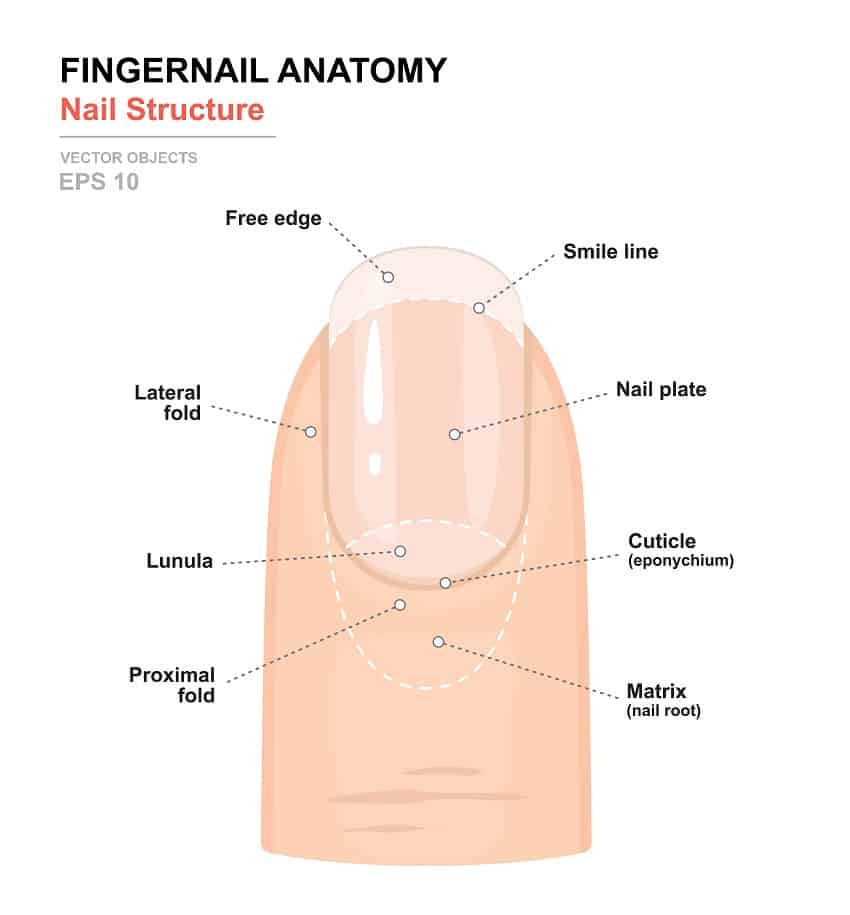
Cuticles are a “seal” at the bottom of your nail that forms a protective barrier over the point where the external skin on your finger meets the soft tissue under the nail.
Cuticle skin is extremely protein-rich, helping it stand up to microscopic bacteria that would otherwise enter the nail bed and possibly cause infection.
How to Take Care of Cuticles: Home Remedies
Some manicurists suggest cutting the cuticles. Never! Don’t cut your cuticles. Cuticles are meant to maintain with great care not to be cut. You can trim hangnails and loose skin to make the nail look beautiful but never cut the cuticles without knowing how to use a cuticle cutter.
If you can gently push your cuticles back and make them soft, you will be able to get the maximum impact of having healthy cuticles. Here are a few steps to enlighten you on the ways to have healthy cuticles.
#1. Soften the Cuticles
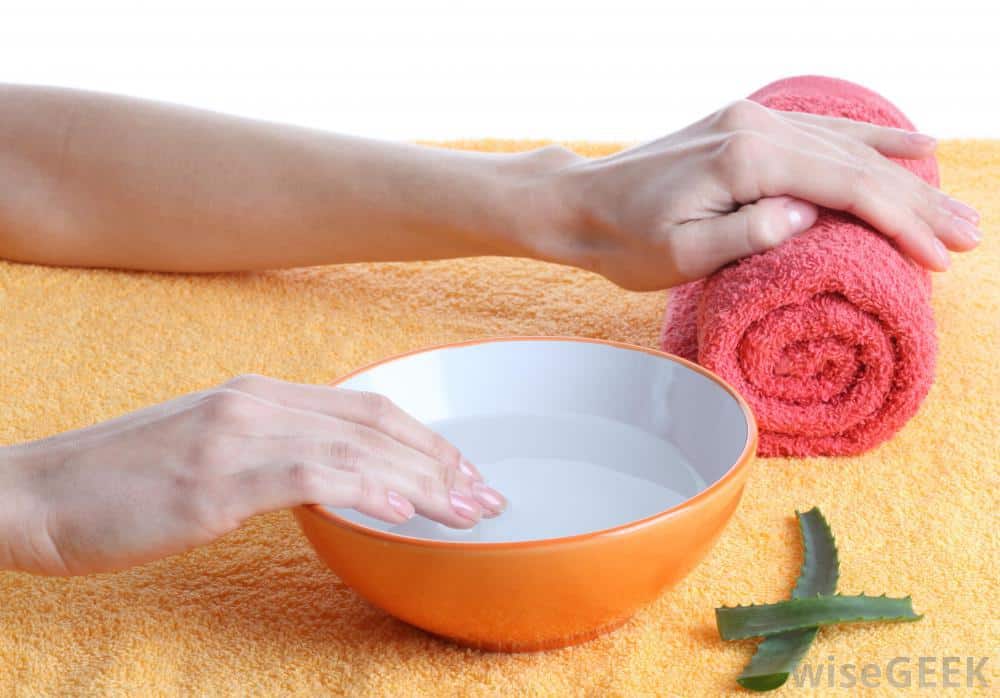
At first, soften the skin around your nails by soaking the fingers in warm water. Take some hot water in a small bowl. Put your hands there for about 10 minutes. Wait till your cuticles are thoroughly softened.
How Fast Do Nails Grow: Here’s The Answer
#2. Clean And Dry Them
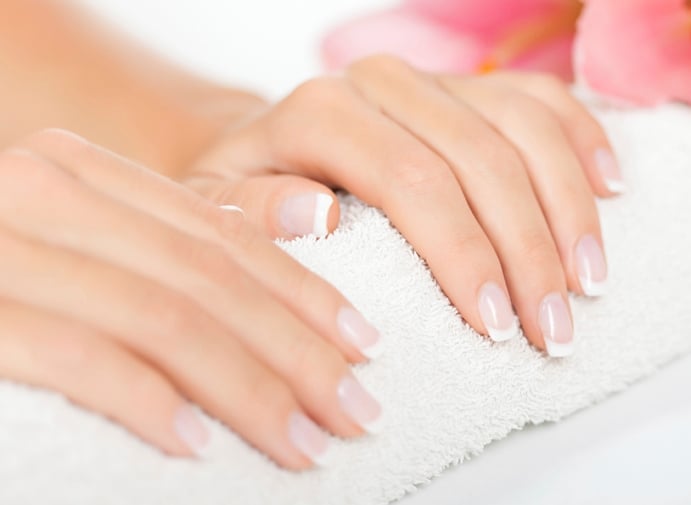
After the soaking part clean your hands and dry them using a soft towel. Don’t rub them so harshly as cuticles are very soft kind of skin. Do this process gently to avoid any tears or cracks in the cuticles.
#3. Push the Cuticles Back
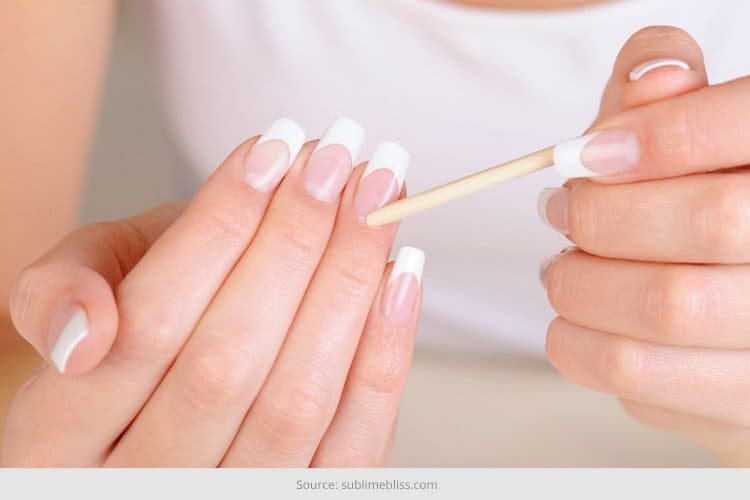
This is the most important step of this method. The beauty of your nails largely depends on this. Push your cuticles back using a cuticle pusher or an orange stick.
A wooden orange stick is a perfect choice for a cuticle pusher. Don’t push the cuticle too hard, they might hurt your nails. And this type of injury is very painful. Besides, cuticles protect us from bacteria and fungus.
If cuticles are infected, there’s nothing left to protect your nails. Push the cuticles back until the lunula becomes visible.
Ingrown Nails: How to Remove It
#4. Trim the Loose Skin & Hangnails
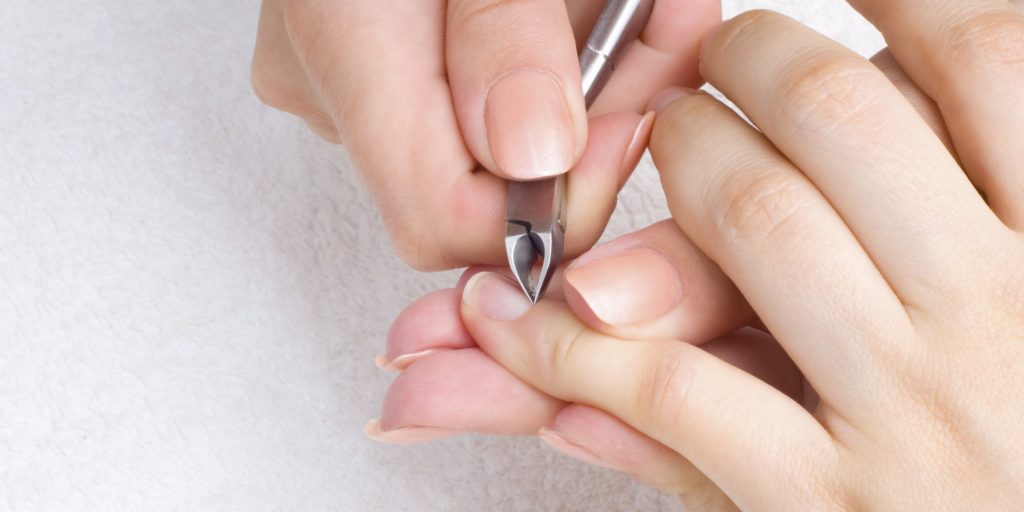
When you are done with pushing the cuticles back, now clean the residue. Trim the loose skin and hangnails and anything that is unexpected around the cuticles and fingernail edges. Trim them with great care.
If you try to do the trimming and cutting forcefully. You may end up having a nail injury. That’s why it’s important to know how to cut your cuticles.
Video Below Shows How You Can Remove Cuticle without Hurting Yourself
#5. Apply Moisturizer
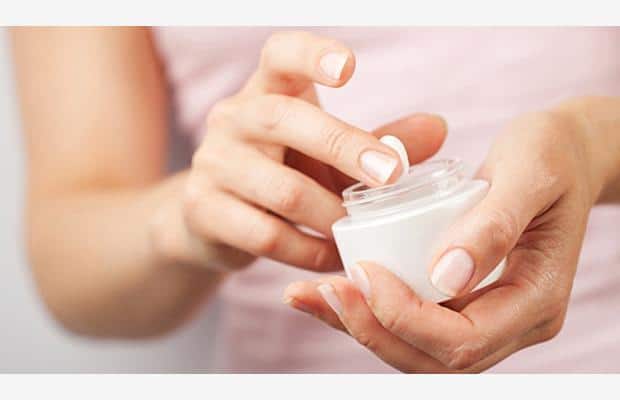
Applying moisturizer following a daily routine is a must to have healthy and soft cuticles. You have to soften your cuticles after all the toils they faced in the above steps.
Apply a quality lotion or cuticle oil to your nails and cuticles. Massage the oil or cream or lotion entirely into your cuticles to soften them.
#6. Wash Your Hands Regularly

The last two steps are actually the post-processing of the above method. They are in effect as the continuation of the prior steps. Your job isn’t done just by taking care of your cuticles once a day.
There are some other things too. Wash your hands regularly to avoid dirt. Use a soft and gentle hand sanitizer while washing your hands. And dry your hands using a soft and clean towel.
#7. Reapply the Moisturizer

This step is for the upcoming days. You have to use any moisturizer or cuticle oil at least once a day to have healthy cuticles.
The best time of applying moisturizer is the night before you go to sleep. Thus, your nails will get the maximum exposure to the moisturizer.
Nail Routine: Take Care of Your Nails
#8. Use Cuticle Oil
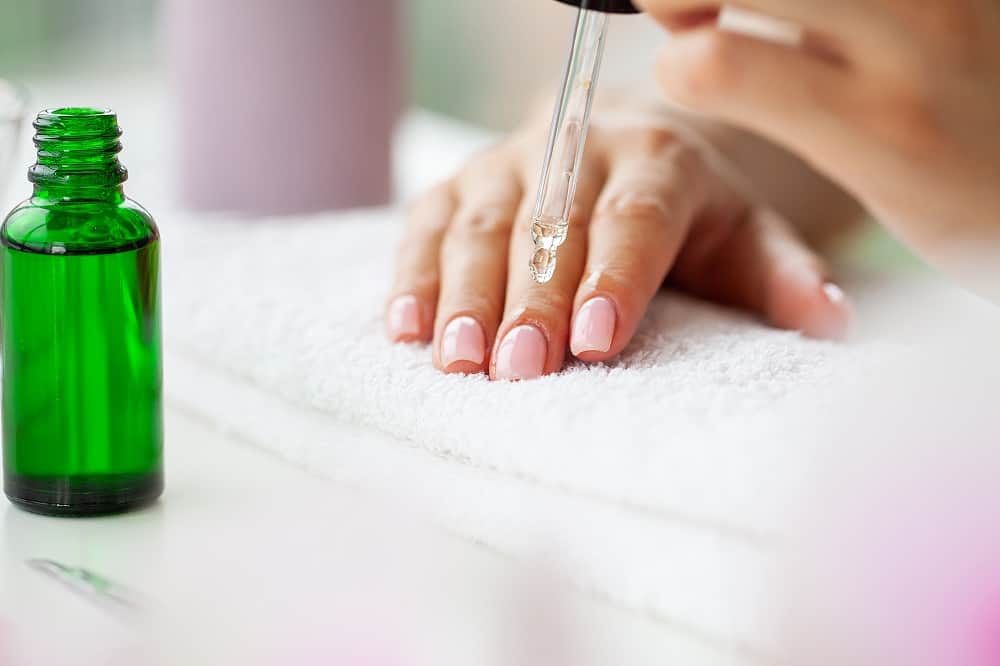
Dry, brittle nails and cuticles signify the skin is dehydrated. Fruit or nut-based cuticle oils help retain moisture and deliver a direct dose of vitamins that nourish the nail.
Be sure the gently massage the area after applying the oil. It ensures the product penetrates deeply into the skin and increases circulation to the site for an extra dose of oxygen- and nutrient-rich blood. In turn, you’ll see healthier, faster-growing nails.
#9. Eat a Nutrient-Rich Diet
Like the rest of your body, your cuticles and nails require vitamins to stay healthy. Ensure you consume foods rich in biotin, iron, folate, and protein. You may also consider introducing nail care supplements into your diet.
#10. Sterilize Your Nail Tools
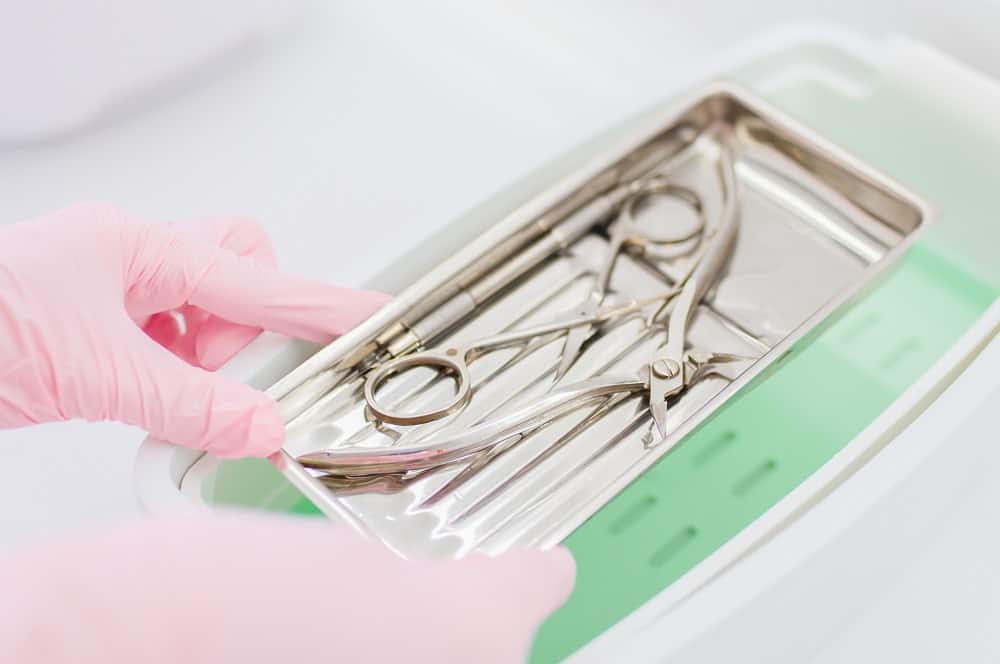
After you use your nail tools, you should carefully wash them in soap and water, then sterilize them with 90% isopropyl alcohol. Sterilization kills off any bacteria that might linger, so you won’t introduce them to your cuticles the next time you use them.
What Shouldn’t You Do While Taking Care of Cuticles?
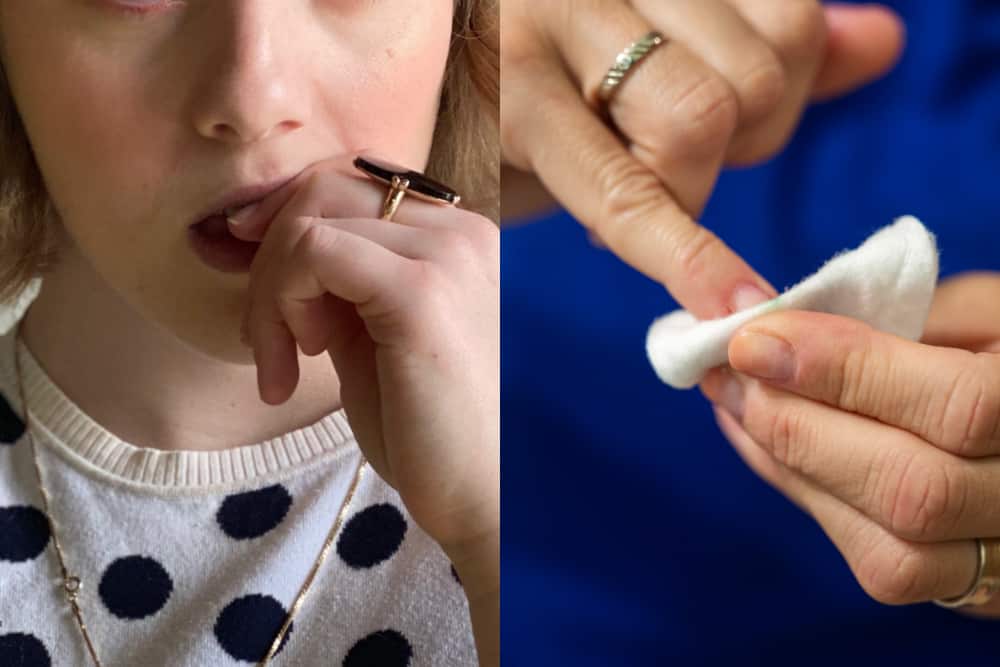
When caring for your cuticles, you should avoid a few things to ensure their health.
Don’t Pick or Bite Dry Skin
For some, it’s very tempting to bite or pick at the dry skin around the cuticles, but you should avoid doing so for two reasons: First, the human mouth is high in bacteria, so exposing compromised cuticles to this environment invites infection.
Second, picking at dry skin can remove parts of the cuticle, leaving the nail bed exposed to external microbes until it grows back.
Don’t Expose Them to Drying Beauty Ingredients
While a fresh manicure rejuvenates your hands and nails, you should be mindful of the ingredients in your chosen products. For example, butyl acetate and acetone suck the moisture from your nails and cuticles, so opt for cuticle-friendly cosmetics that help keep your skin hydrated.
Signs of Infected Cuticle
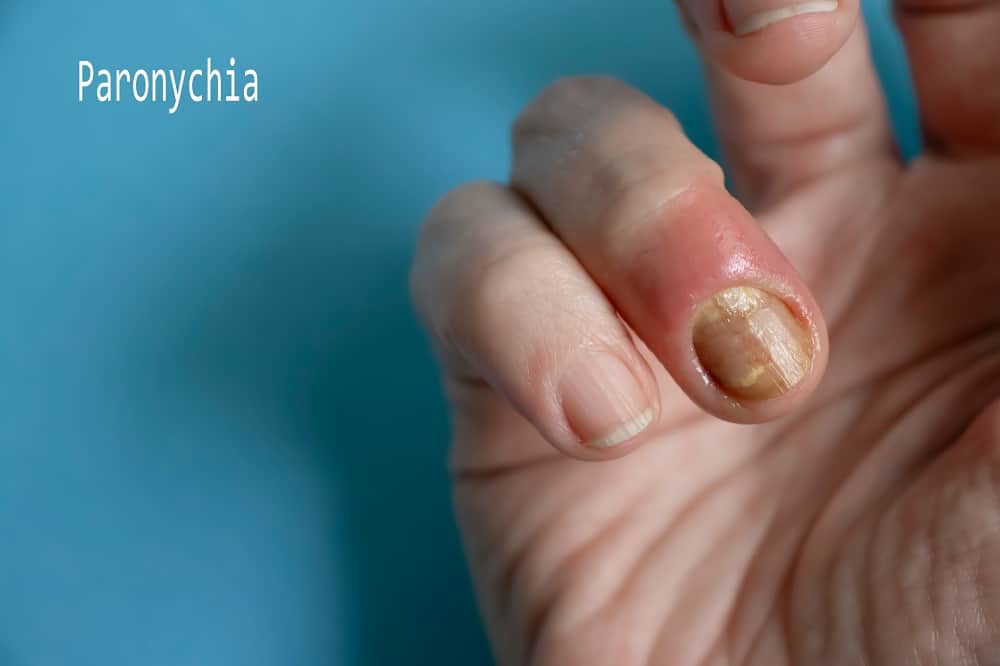
Cuticle infections, or paronychia, are pretty common. Our hands come into contact with significant sources of bacteria, from bathroom doors to dirty dishes, and any broken cuticle skin becomes a breeding ground for microbes.
While most mild cases of paronychia respond well to home treatment with antibiotic ointment and a protective bandage, keep an eye out for these signs to prevent long-term nail damage:
- Inflammation, redness, and swelling around the nail
- Tenderness
- Skin that feels warm to the touch
- A pus-filled blister or abscess
- Nails that have ridges, waves, discoloration, or are very brittle
If your infected cuticle isn’t healing or becomes chronic, you’ll need to speak with your doctor about treatment options, which often include a course of antibiotics.
FAQs
Are you still curious about your cuticles? These frequently asked questions can help clear up any misconceptions.
Should you remove your cuticles?
The vast majority of dermatologists recommend leaving your cuticles intact. Otherwise, you risk infection by cutting into this protective layer of skin.
Will cutting cuticles make them worse?
While cutting your cuticles won’t make them grow back faster, it will cause them to become dry and brittle. Cuticles form a water-retentive seal around the nail, and damaging the skin causes them to lose that hydration. When dehydrated, cuticles are more likely to split, fracture, or peel.
How often do you need to push back your cuticles?
Depending on your cuticles’ growth rate, you should push them back every 4-7 days to keep them from growing too far up the nail without requiring cutting.
Are cuticle oils good for cuticles?
Yes, cuticle oils are suitable for the entire nail as they help immediately rehydrate the area and help it retain more moisture long-term.
Cuticles, as well as nails, don’t get the attention they deserve. We often overlook these tiny parts of our bodies. But, if anything bad happens to them they make us suffer very severely.
That’s why we should take care of our bodies as a whole. And you should know how to take care of cuticles if you want to make your nails look beautiful and healthy.
